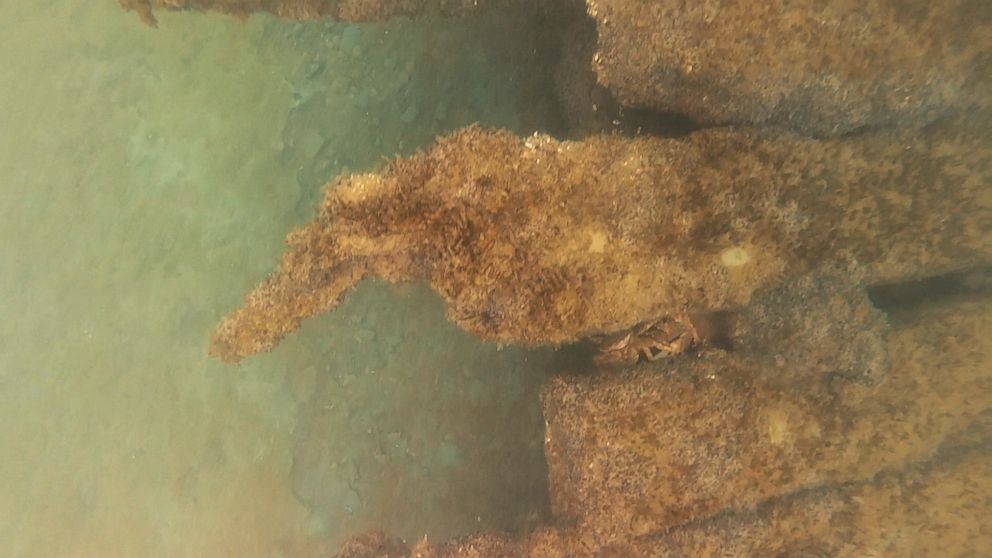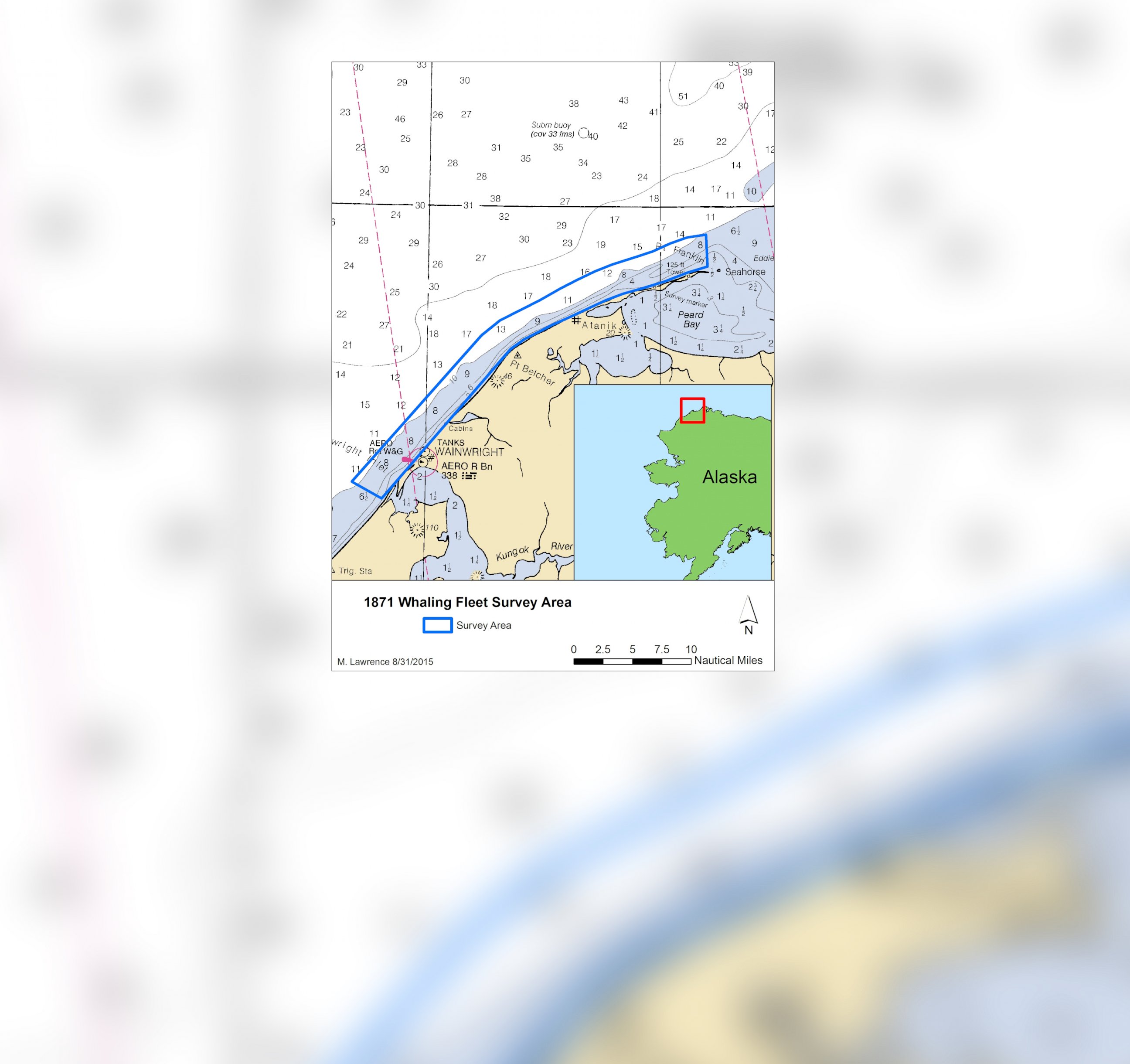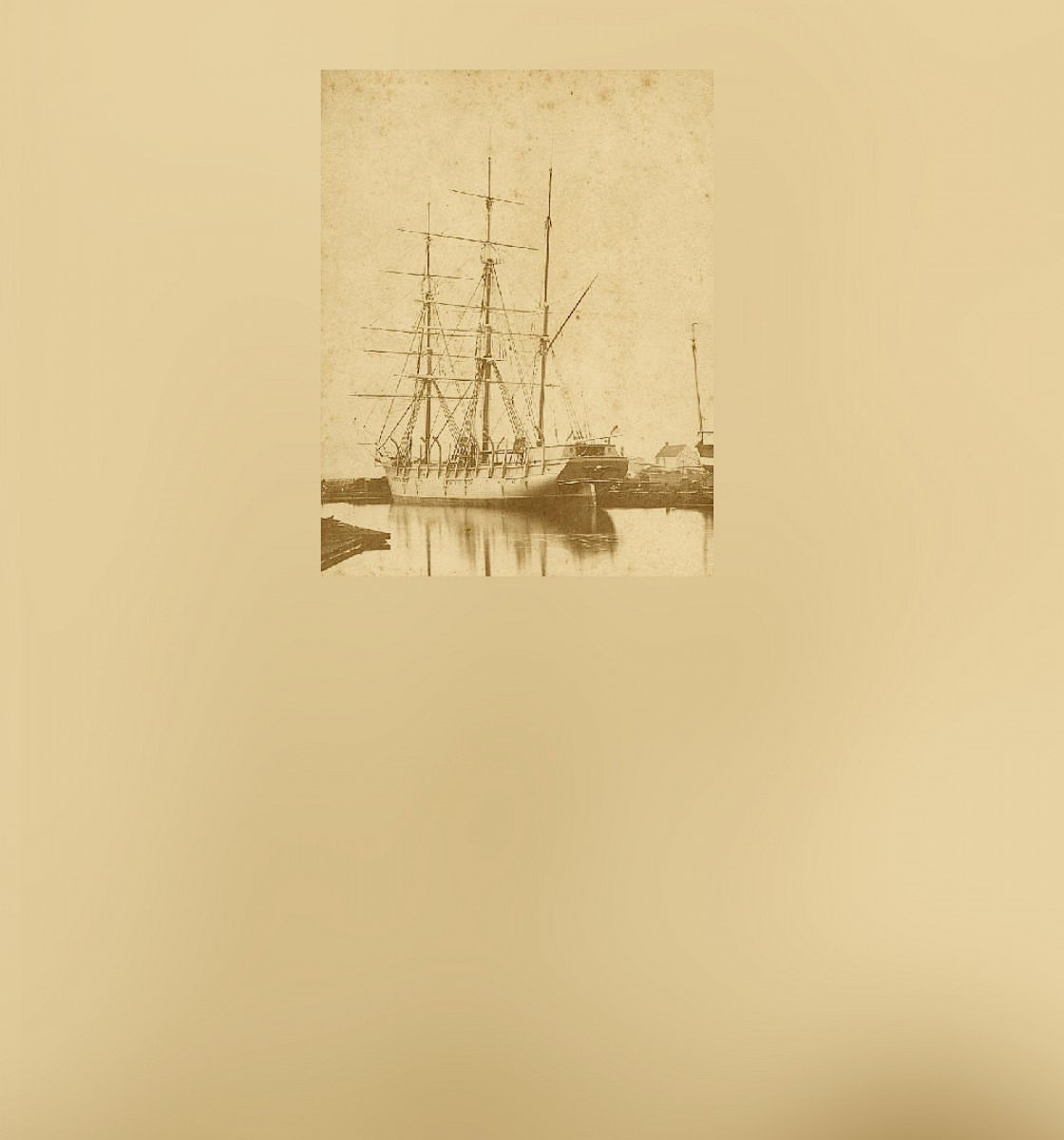Archaeologists Discover Wreckage of 33 Ships Lost for 144 Years Along Alaska Coastline
The wreckage site is in "one of the planet's most unexplored ocean regions."
— -- Archaeologists have discovered a shipwreck nearly 144 years after 33 whaling ships sank off the Arctic coast of Alaska in "one of the planet's most unexplored ocean regions," according to the National Oceanic and Atmospheric Administration (NOAA).
The "battered hulls" of two ships and parts of the other missing 31 were located this past fall, thanks to sonar and sensing technology, NOAA said in a news release this week.
"With less ice in the Arctic as a result of climate change, archaeologists now have more access to potential shipwreck sites than ever before," the NOAA said.
The 33 ships were abandoned on Sept. 12, 1871 after they got trapped in packed ice, NOAA explained. Over 1,200 whalers were stranded until seven nearby ships picked them up. No one died, but the incident is "cited as one of the major causes of the demise of commercial whaling" in the U.S, NOAA said.

Until now, "no one had found definitive proof of any of the lost fleet beneath the water," NOAA archaeologist and project co-director Brad Barr said in the release.

The lost wreckage was uncovered after the team explored a 30-mile area of coastline by the Chukchi Sea near Wainwright, Alaska.

The team found numerous 19th century items including anchors, fasteners, ballast and brick-lined pots used to render whale blubber into oil, according to NOAA.

"This exploration provides an opportunity to write the last chapter of this important story of American maritime heritage and also bear witness to some of the impacts of a warming climate on the region's environmental and cultural landscape, including diminishing sea ice and melting permafrost," said Barr.




